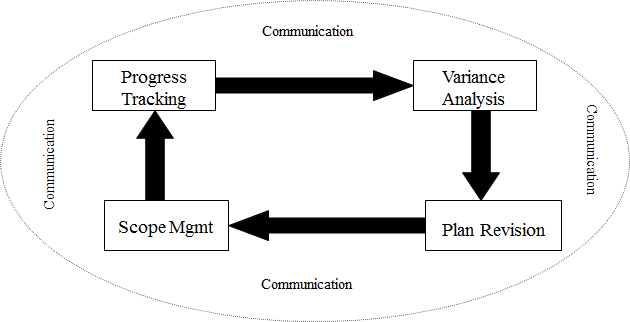This generation of work will be defined by its move to remote, work-from-home, and hybrid models. Despite popular perception, this trend did not start with the pandemic, and it has continued even as companies recall workers to the office. Any team that relies on outsourced work, managed services, coordination with headquarters or other offices, or a “have phone, will travel” culture of maintaining communication with team members who are out of the office were already using remote work management, and none of those trends are going anywhere.

When discussing remote work, people often start with the tool. There are many apps and technologies for communication, document management and the like, and frankly, they are all mostly adequate. The differentiator between organizations that will flop and ones that will flourish is not the difference between using Office 365 or Google sheets.
1) Communication
Communication is so important for remote work management that you could say that the 3 Cs of remote project management are like the 3 Ls of real estate: Communication, Communication, Communication. But in the interest of providing our readers with more value, we thought we’d cover some other important Cs as well.
Communication management requires an airtight process to make sure that changes are identified and addressed immediately. Leadership has to command strong communication up, down, and laterally.
A formal communication process is the foundation to this. Any gap in the following process will send things off the rails.

No one can do it on their own, regardless of talent. Good leaders rely on a well-executed communication plan from all team members.
2) Cadence and Control
The key to management is to keep balls off your side of the net. That is to say: worry about your own responsibilities and leave things you can’t control to those responsible. When you take care of your own Next Steps, the “balls” tend to come back in a regular rhythm.
This is what we call establishing cadence. This is the key to being in control of your project.
We always say “Control is an objective measure.” That is, you are either defining the plan, tracking it, aware of variances and have a scorecard for the team’s work against the goal, or you are not. These are fairly hard and observable realities.

Things only get muddy because projects involve chance. Being in control does not guarantee success. Being out of control does not guarantee failure.
But control itself is (relatively) straightforward. And establishing cadence and maintaining control gives you the best chance for success.
3) Confronting Bad News
The key to successful communication management is acknowledging the positive value of sharing bad news. The impact of bad news gets exponentially worse the further into a project it gets pushed back. Tens of dollars in design will cost you thousands of dollars in testing.

Organizations with a “shoot the messenger” mentality are encouraging team members to sit on potential issues and hope they work themselves out.
Communicating bad news works best when rapport is fostered up and down the chain. Stakeholders and managers can acknowledge each others’ vulnerabilities and how they help each other. A stakeholder needs the manager to monitor and address issues. A manager needs the stakeholder to have their back when things don’t go as planned and the budget or schedule needs to change.
Managers, then, can do the same with their team members, exposing their shared vulnerabilities and their mutual need for each other.
When organizations have a culture of confronting reality instead of resisting it, the most important information can flow freely across the team.
For more help on navigating the challenges of project management, contact us today.


